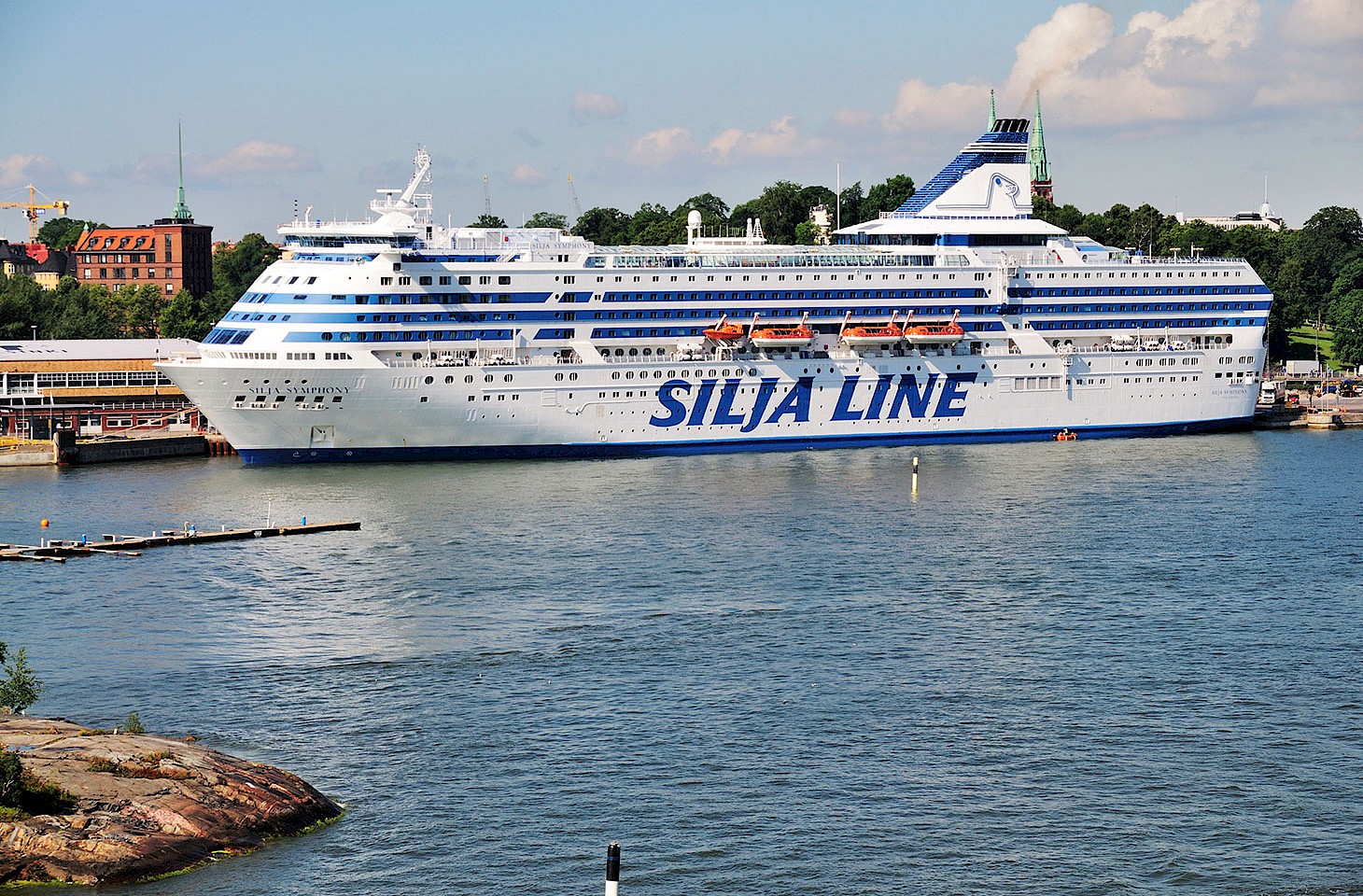For most of the pulmonary pilgrims from Britain who came to Menton in the late nineteenth and twentieth centuries in search of respite for their battered lungs, the Italian village of Latte was the place just over the hill to the east. It was out of sight and was generally not a place that figured prominently in the local consciousness.
Climb up to the cemetery that clings to the hilltop above Menton and there is a fine vista east towards Italy. And there you also see what happened to those who travelled to Menton to enjoy a spell of legitimate idleness in the vain hope that they might regain their health. They died. Well, many of them did. Never underestimate the penetrating cold of a Riviera winter. Menton is blessed with an enviable location but it can be devilishly damp for several winter months. The cemetery houses the mortal remains of Russian princes, English poets and German philosophers who succumbed to bronchial bacilli.
Dr Bennet would have disagreed with our rather harsh assessment of the Menton winter. In the 1860s, as the railway was being extended eastward from Toulon towards Nice and Bordighera, James Henry Bennet was busy promoting Menton as Europe’s prime winter health resort. Bennet had stayed in Menton (or Mentone as it was then more commonly known) for the winter of 1859.
Menton’s revolutionary spirit
During Bennet’s first Menton sojourn, the town and its environs were still a protectorate of the Kingdom of Sardinia, having seceded from Monaco in 1848 when a spate of revolutionary fervour swept over Europe. Even the Mentonasques managed to rustle up some enthusiasm for liberation. In truth, it was not just a peasants’ revolt. Local landowners in and around Menton were none too happy with their treatment by the authorities in Monaco who levied a hefty tax on lemons exported from Menton. So economic self-interest and revolutionary piety happily coincided and Menton (along with the neighbouring community of Roquebrune) briefly enjoyed a spell as a ville libre (free city).
In a few months, the republican spirit in Menton waned and the town threw in its lot with the Kingdom of Sardinia, while negotiating some concessions on the all-important question of lemon taxes. By the summer of 1860, the town was French. But Mentonasques are quick to remind visitors even today that Menton is in France mainly as a matter of choice.


